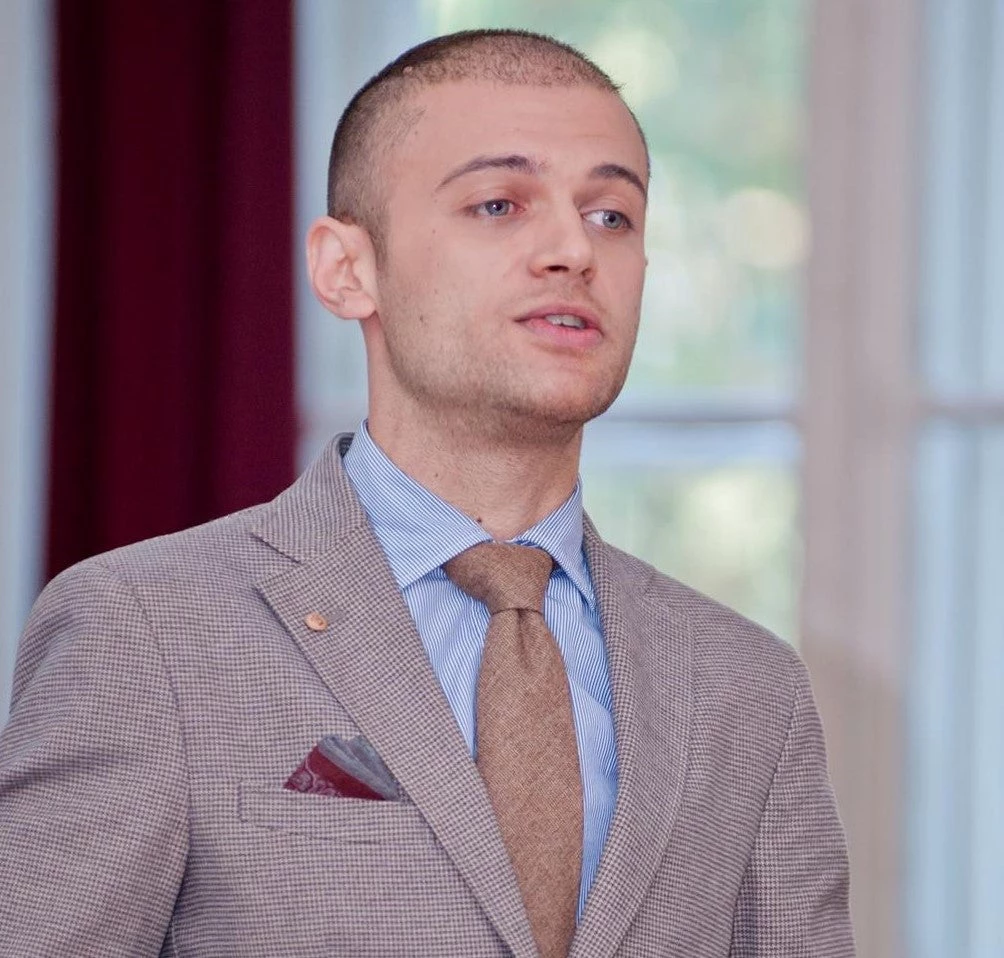
On March 10, a World Bank team of urban specialists will visit Alexandru Ioan Cuza University in Iasi to engage academics, students, local authorities and stakeholders in discussing the role of secondary cities in supporting sustainable growth and improved economic opportunities in Romania.
Romania is a representative case in discussing this issue: it was a highly centralized state during the Communist period, but today 75% of its exports are destined for the European Union (EU) - compared to 10% in the 1990s - and the lion share of its growth is generated in urban areas.
Romania is not unique in this regard. Most of Central and Eastern Europe went through a recalibration process over the last two and a half decades that triggered significant changes in economic structure and demographics in these countries.
The shift from a state-planned economy to a market-driven one has led to a redistribution of growth among regions and urban centers. Since capitals have already reached cruising speed, it is now high time for dynamism and innovation to emerge from secondary cities.
An analysis prepared by the World Bank for the Romanian Ministry of Regional Development and Public Administration (MRDPA) indicates that Romania’s capital, Bucharest, and seven secondary cities - Brașov, Cluj-Napoca, Constanța, Craiova, Iași, Ploiești and Timișoara - are currently generating 75 percent of firm revenues in the country. But while Bucharest has already reached a productivity level comparable to those of other EU capitals, other secondary cities are behind their EU peers.
The growth pattern of the most successful ones - Cluj-Napoca, Timișoara and Iași – are a result of a mix of demographic and economic density, accessibility to major markets, attractive universities and a fast developing service sector resulting in a sustainable growth spiral.
The story is different in metropolitan areas that rely primarily on industrial sectors and have less developed ICT, financial, and professional services sectors. Development there has been much more subdued, with cities attracting less new inhabitants and witnessing slower growth.
Strengthening Romania’s secondary cities is vital to supporting the country’s efforts in converging faster with the EU and generating sustainable, long-term growth. In turn, rapid growth comes with a set of challenges that cannot be tackled by local authorities alone.
On the one hand, urban growth requires a reinforcement of cooperation at the metropolitan level to ensure the integrated planning and provision of public services, such as transport. This is an area that is poorly regulated in Romania.
On the other hand, the investment needs of the secondary cities exceed the financial resources available at the local level. For example, Cluj-Napoca - a city that attracts over 50,000 commuters every day - needs to invest approximately 600 million Euro in metropolitan transport infrastructure by 2030. The city’s total investmen budget in 2016 was, however, only 75 million Euro in 2016, after reaching a peak of 112 million Euro in 2014.
The appropriate use of EU financing instruments, including the Integrated Territorial Investments (ITI), are needed to unleash the growth potential of secondary cities in Romania, which face very similar challenges - ranging from public transport, housing, education, green and public spaces, to leisure and entertainment facilities, and social inclusion. A one-size-fits-all approach will likely prove inefficient.
Flexibility in prioritizing investment needs - using the framework of a realistic operational budget - should guide decisions for urban stakeholders.
Seven of Romania’s secondary cities received EU funding in the amount of Euro 600 million from 2007-2013 - resulting in major improvements in public infrastructure and services and encouraging greater productivity and internal migration. Nonetheless, most of these investment projects were concentrated in city centers and failed to support the integration of the greater metropolitan areas into a coherent, functional and growth-oriented urban ecosystem.
Now is the time to correct this by building a broader, integrated metropolitan approach to developing a sustainable network of competitive secondary cities in Romania.
*NOTE: the authors would like to recognize Codruta Mare and Ciprian Moldovan for their contributions to this piece.



Join the Conversation